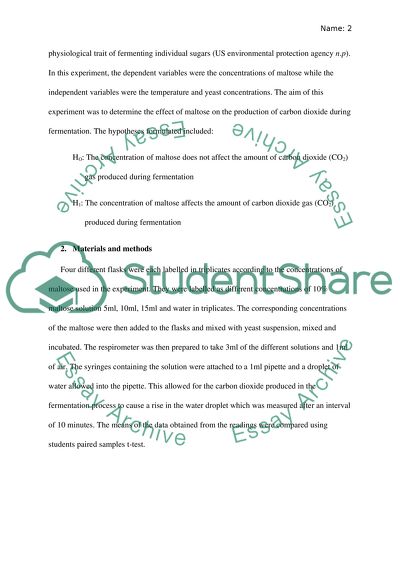Cite this document
(“Fermentation Lab Report Example | Topics and Well Written Essays - 1000 words”, n.d.)
Fermentation Lab Report Example | Topics and Well Written Essays - 1000 words. Retrieved from https://studentshare.org/biology/1608413-fermentation
Fermentation Lab Report Example | Topics and Well Written Essays - 1000 words. Retrieved from https://studentshare.org/biology/1608413-fermentation
(Fermentation Lab Report Example | Topics and Well Written Essays - 1000 Words)
Fermentation Lab Report Example | Topics and Well Written Essays - 1000 Words. https://studentshare.org/biology/1608413-fermentation.
Fermentation Lab Report Example | Topics and Well Written Essays - 1000 Words. https://studentshare.org/biology/1608413-fermentation.
“Fermentation Lab Report Example | Topics and Well Written Essays - 1000 Words”, n.d. https://studentshare.org/biology/1608413-fermentation.


